Help other travelers use your experience.
Review this destination, share your thoughts, impressions, pros and cons.
Let's make traveling easier than ever.
Akhtala Monastery
About Akhtala Monastery
The Akhtala Monastery is located in the city of Akhtala, Lore province, in the Republic of Armenia.
Its history begins in the 10th century. The complex consists of the Assumption Cathedral, a hall church, a two-story palace, a fortress-wall and a bell tower built into the wall. As well as other farm buildings.
Akhtala is an episcopal see, the foundation of which is associated with King Vakhtang Gorgasali. It was here that he founded the episcopal see of the country house, which remained one of the most important religious centers of Kvemo Kartli for centuries.
Later, in the 9th-10th centuries, this area passed from the rulers of Kartli to the Armenian Bagratunis. However, a large part of it returned to the Kingdom of Georgia from the 11th century. Since then, this region of Kvemo Kartli, namely Lore, was one of the most important centers of the establishment of the Orthodox faith and monastic construction in the South Caucasus until the 1920s.
The period of its heyday is the beginning of the 13th century, when, with the support of Queen Tamar and the efforts of the great officials of the Georgian royal court - Ivane Mkhargdelzi and his son, Avagi, a new stage of construction of the monastery begins (both - Ivane and Avagi, are buried in the southwestern corner of the main church of the complex). It is precisely the sacrificial activity of the Mkhargdelzi family that is associated with the majority of the monastery buildings, which were built in the 13th-14th centuries.
The main church of the complex was built in the twenties of the 13th century. Typologically (plan, proportions, interior design, principle of decorative decoration of facades) it stands in the line of Georgian cross-domed architectural monuments that can be found from the 11th to the 18th century. In addition, certain architectural features connect the main temple of the Akhtala Monastery with the group of neighboring domed churches of the 12th-13th centuries (Betania, Kvatakhevi, Pitareti, Tsughrughasheni).
Orthodox theological literature was translated from Georgian into Armenian in Akhtala. Georgian inscriptions, which are numerous in the monastery and its surroundings, reveal the intensive life of the monastery.
Based on recent research, the opinion has emerged that the so-called The “Typicon of an Unknown Monastery”, which has come down to us in fragmentary form, belonged to the Akhtala Monastery. The painting of the Akhtala Church is an ensemble created by highly professional masters, which even today, despite significant damage, is impressive with its scale and artistic solution. The theme of the saints of the Georgian Church is particularly prominent in the iconographic program of the painting; the following are depicted: Saint Nino, Saint John of Zedazne, Shio of Mgvim and Evagre; as well as Saints Euphemia and George of Mtatsminda, and Saint Hilarion of Georgia.
In the 13th-14th centuries, Akhtala became the see of the “Great Armenian Metropolitan” subordinate to the Patriarchate of Mtskheta. Another stage of the monastery's renewal dates back to the end of the 18th century, when King Erekle II, after the invasion of Omar Khan, settled Greeks in this place rich in copper and silver, in order to revive the mining industry. He also restored the long-abandoned episcopal see in Akhtala and installed Sophrony the Greek as the first bishop (he ruled the diocese in 1777-1794). The following bishops were: Varlam (son of the Eristavi of Ksani, later the Exarch of Georgia) and Joachim the Greek (he ruled the diocese in 1802-1828).
After the abolition of royal power in Georgia and the establishment of Russian rule, from 1802 Akhtala became the center of the Greek Orthodox churches in the Caucasus. The monastery was the resting place of local rulers in the 19th and early 20th centuries, the Melikishvilis themselves. Representatives of other prominent Georgian families were also buried here. It was located in the Borchalo district of the Tbilisi province.
Our guides are ready to help you on this trip



Book a tour online!
Buy our tours online and explore incredible Georgia!
Map

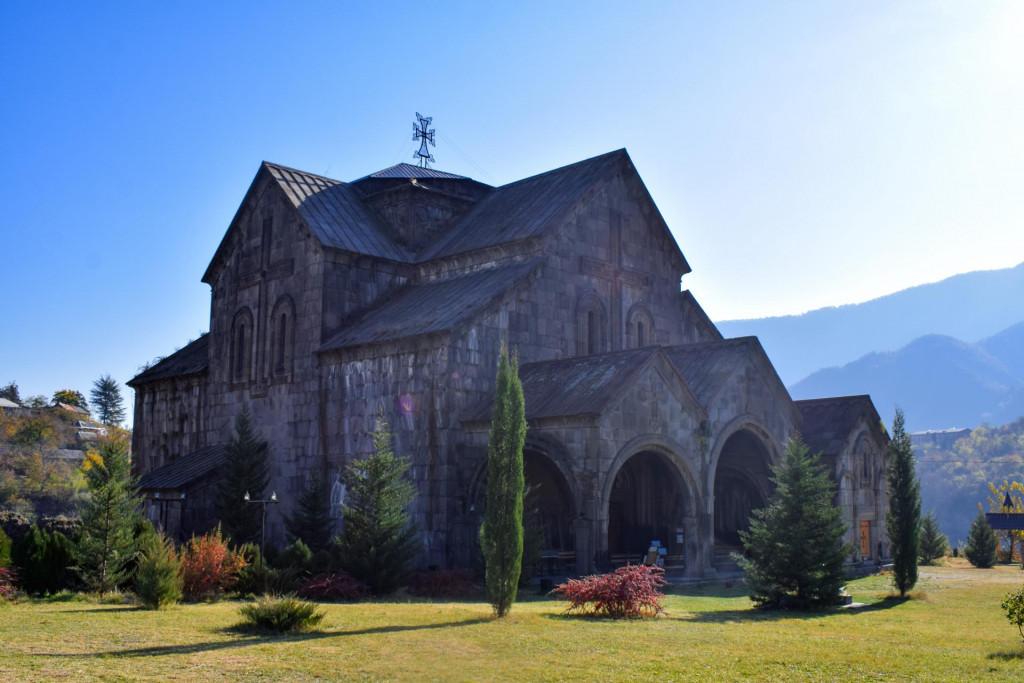
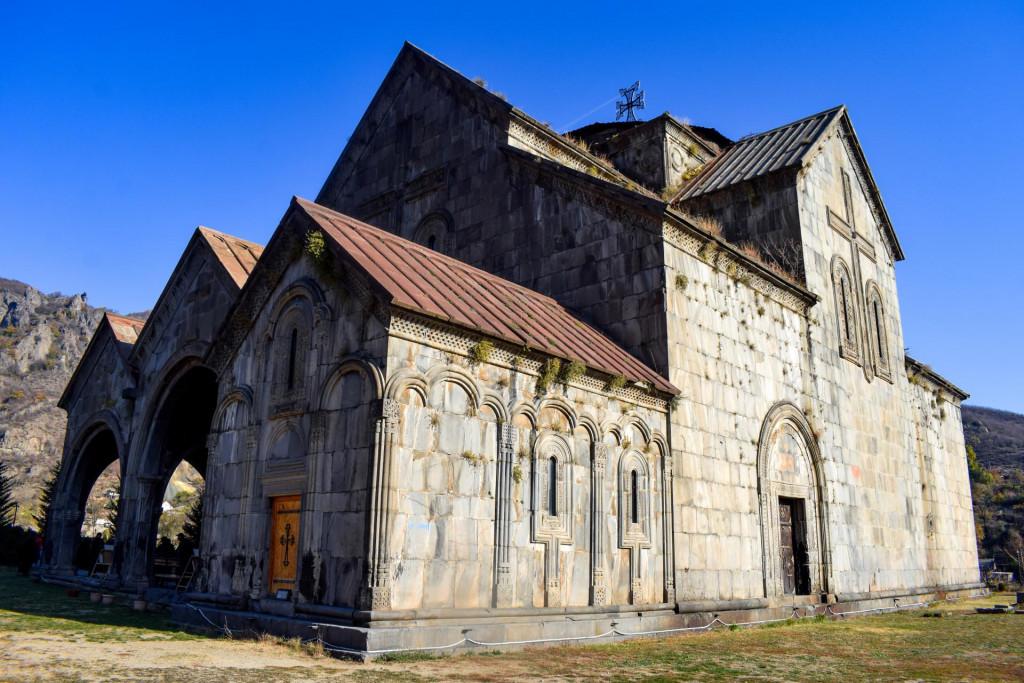
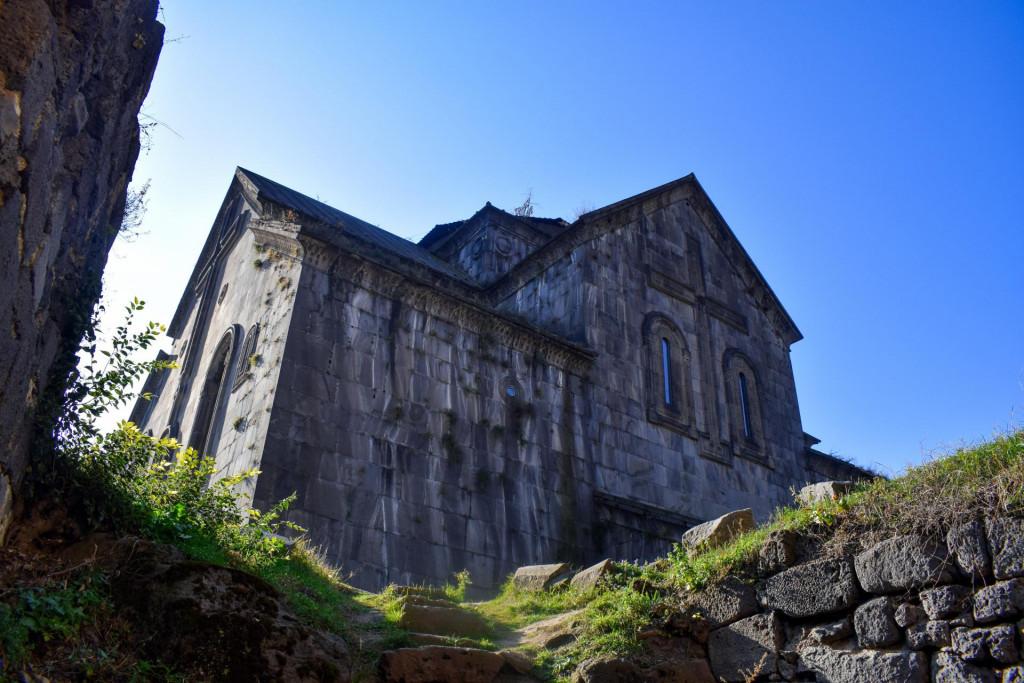
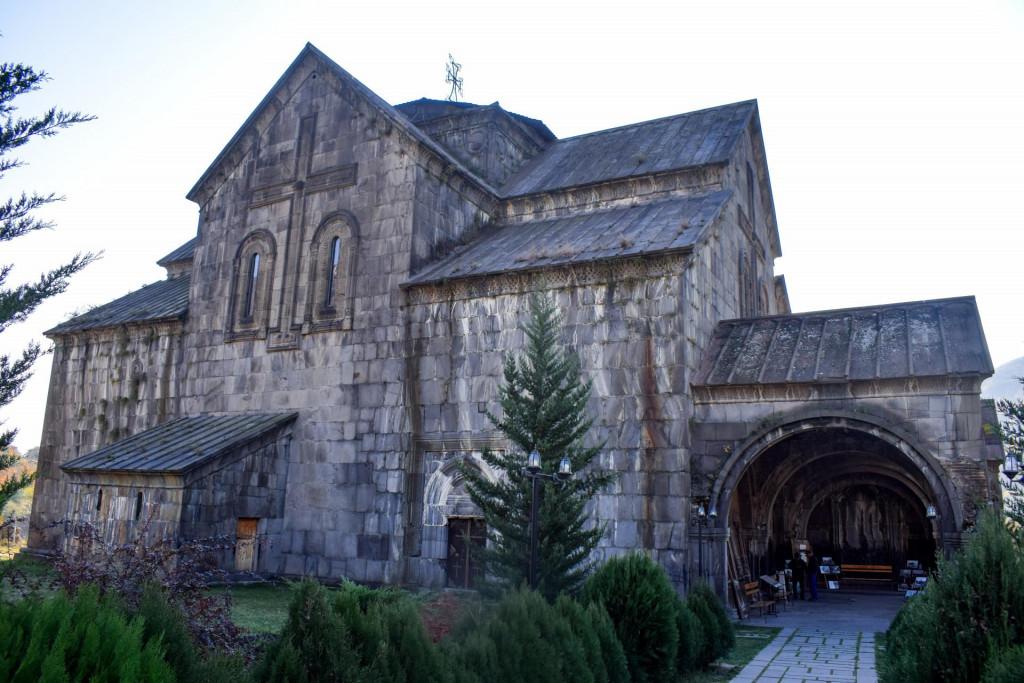
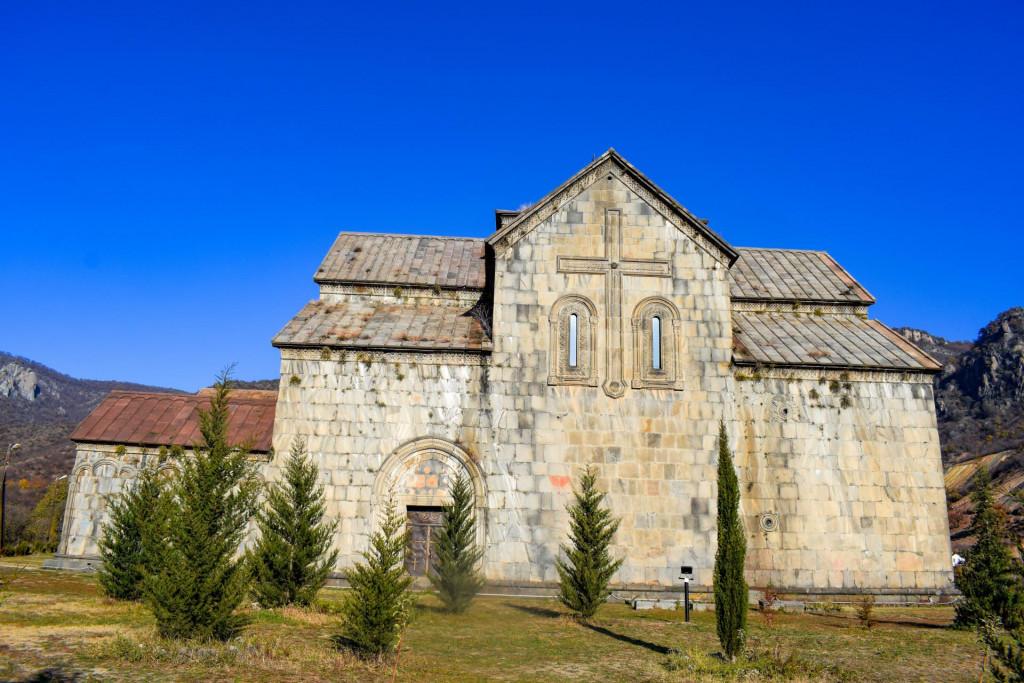
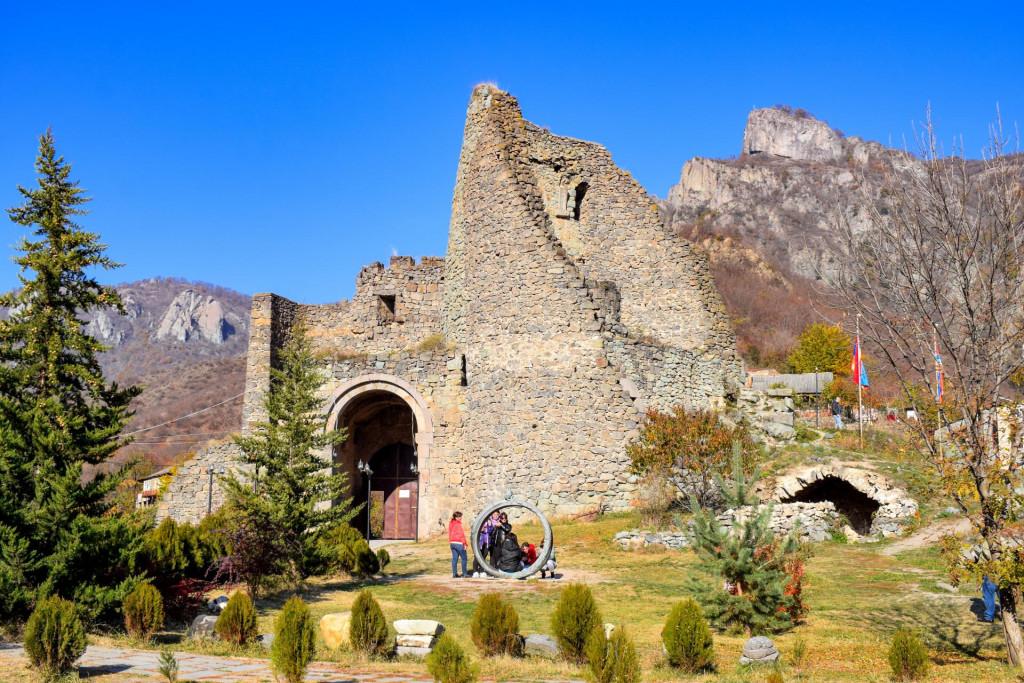
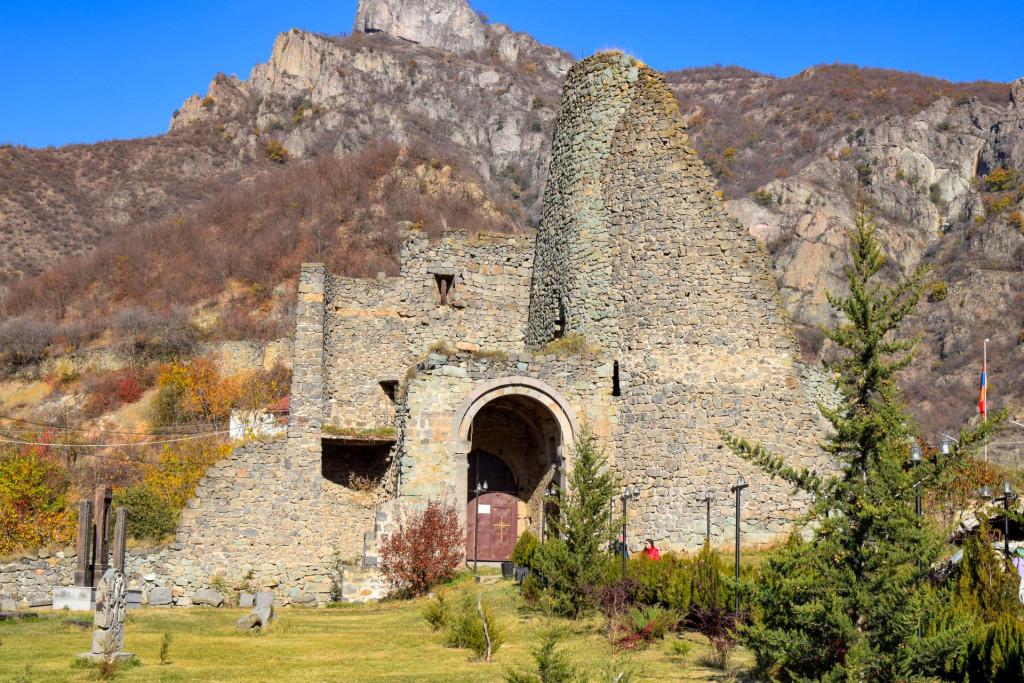
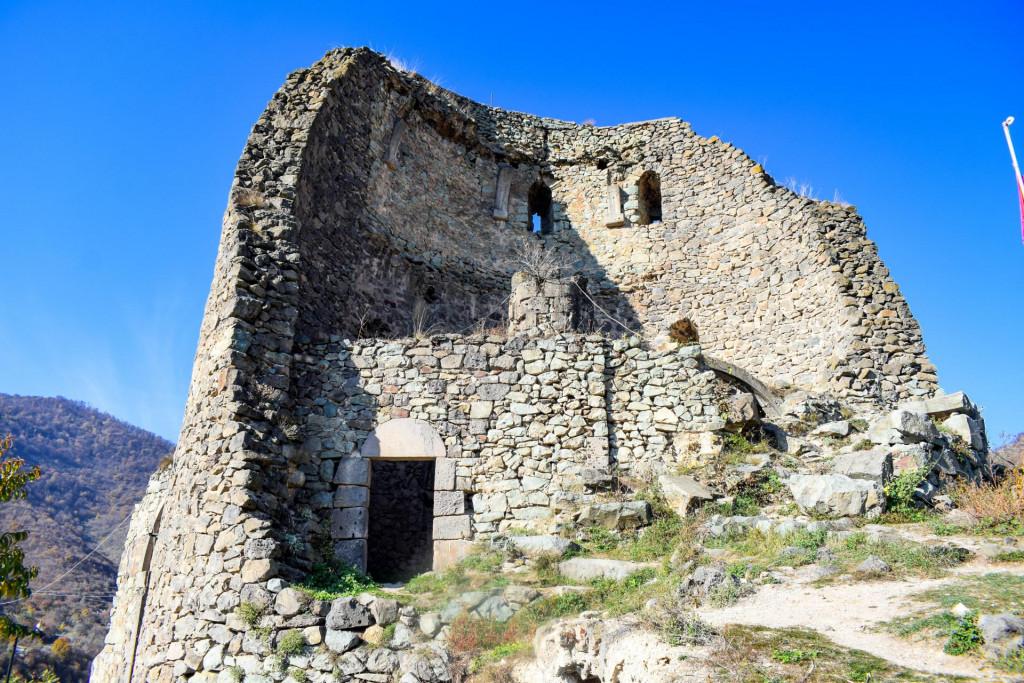
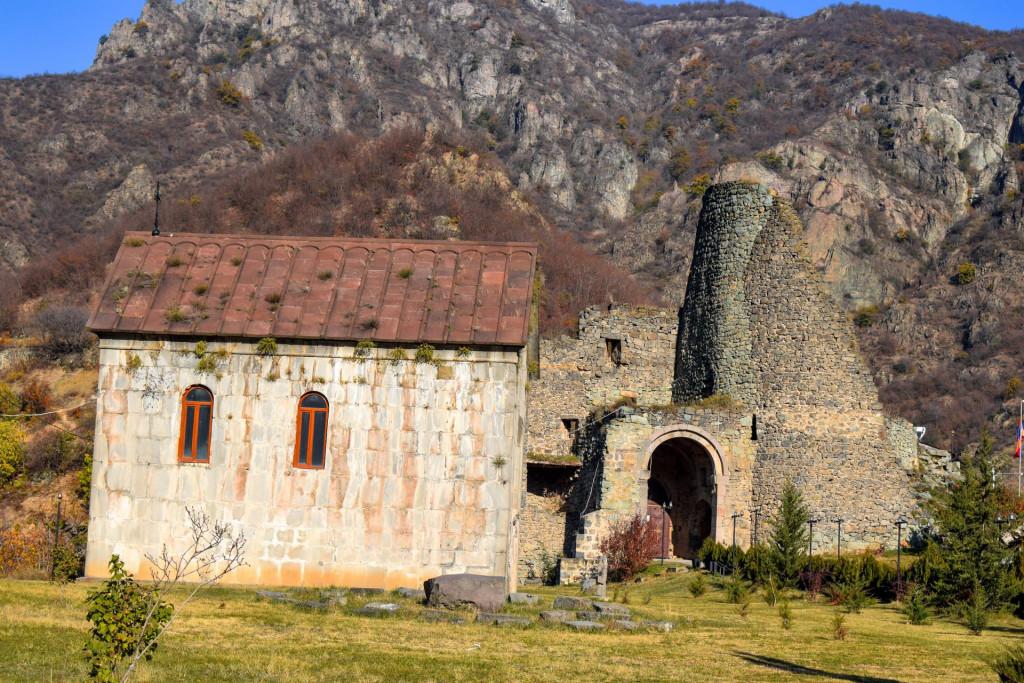

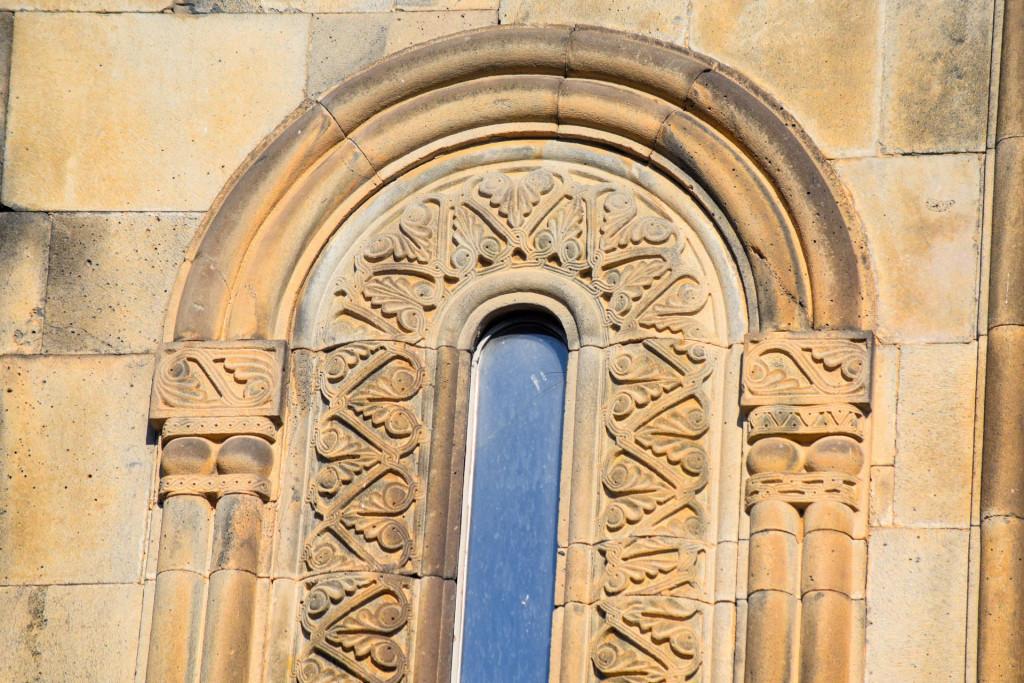

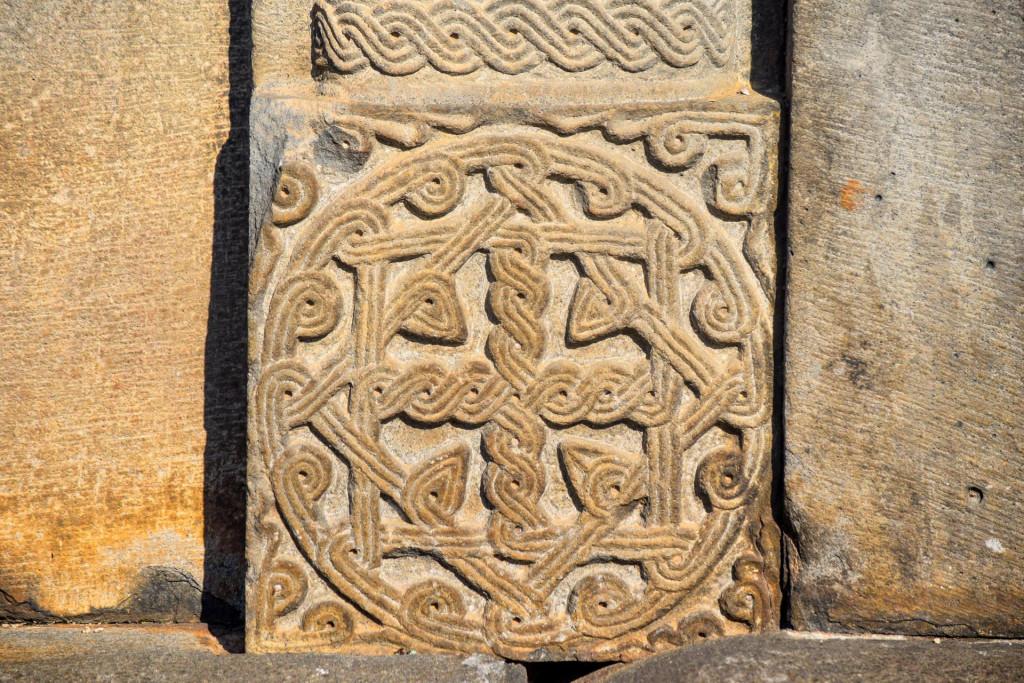



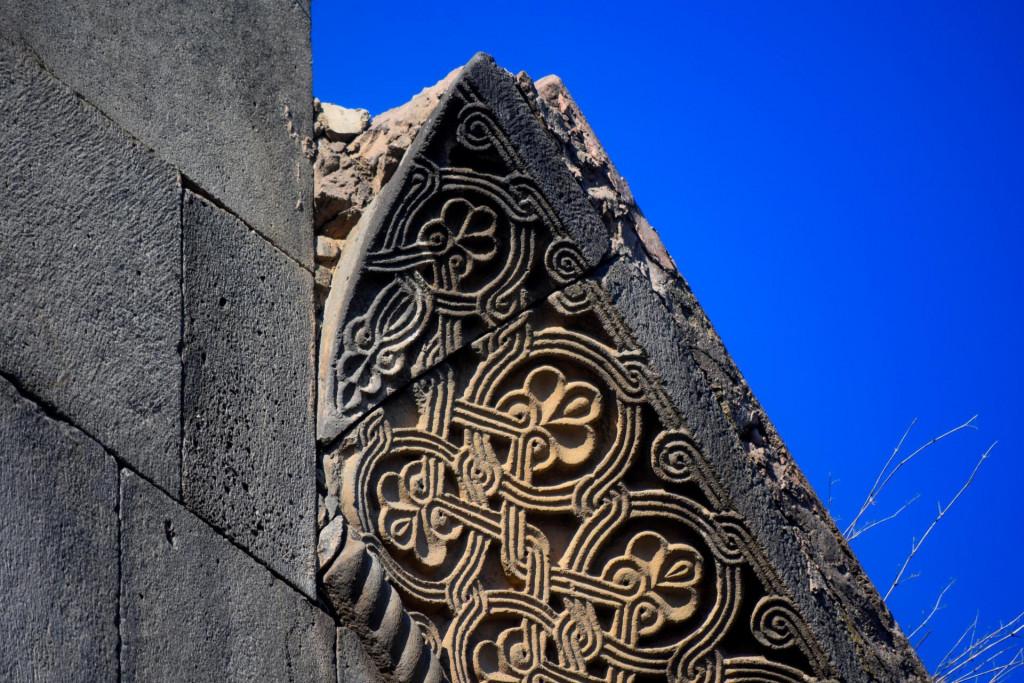
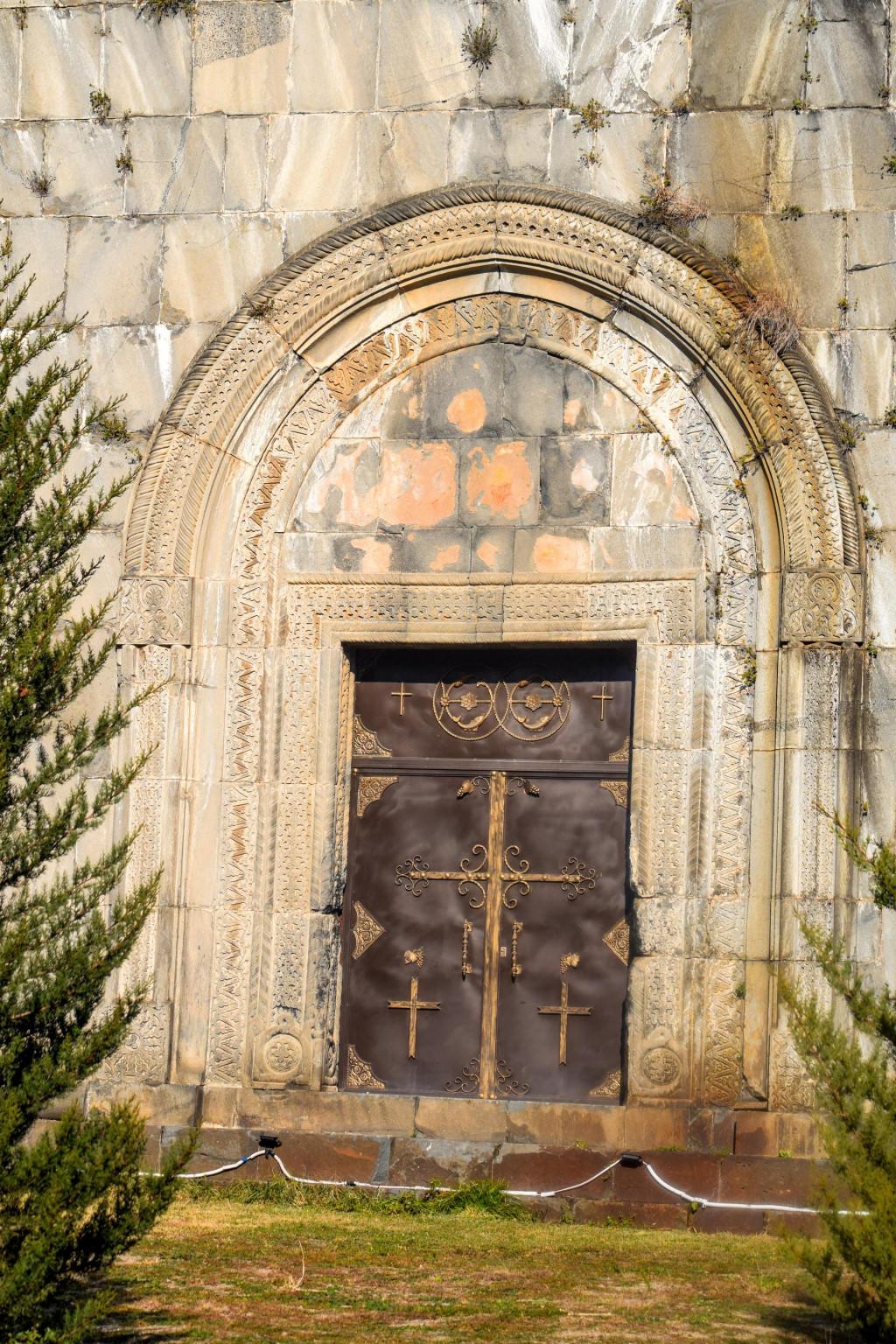
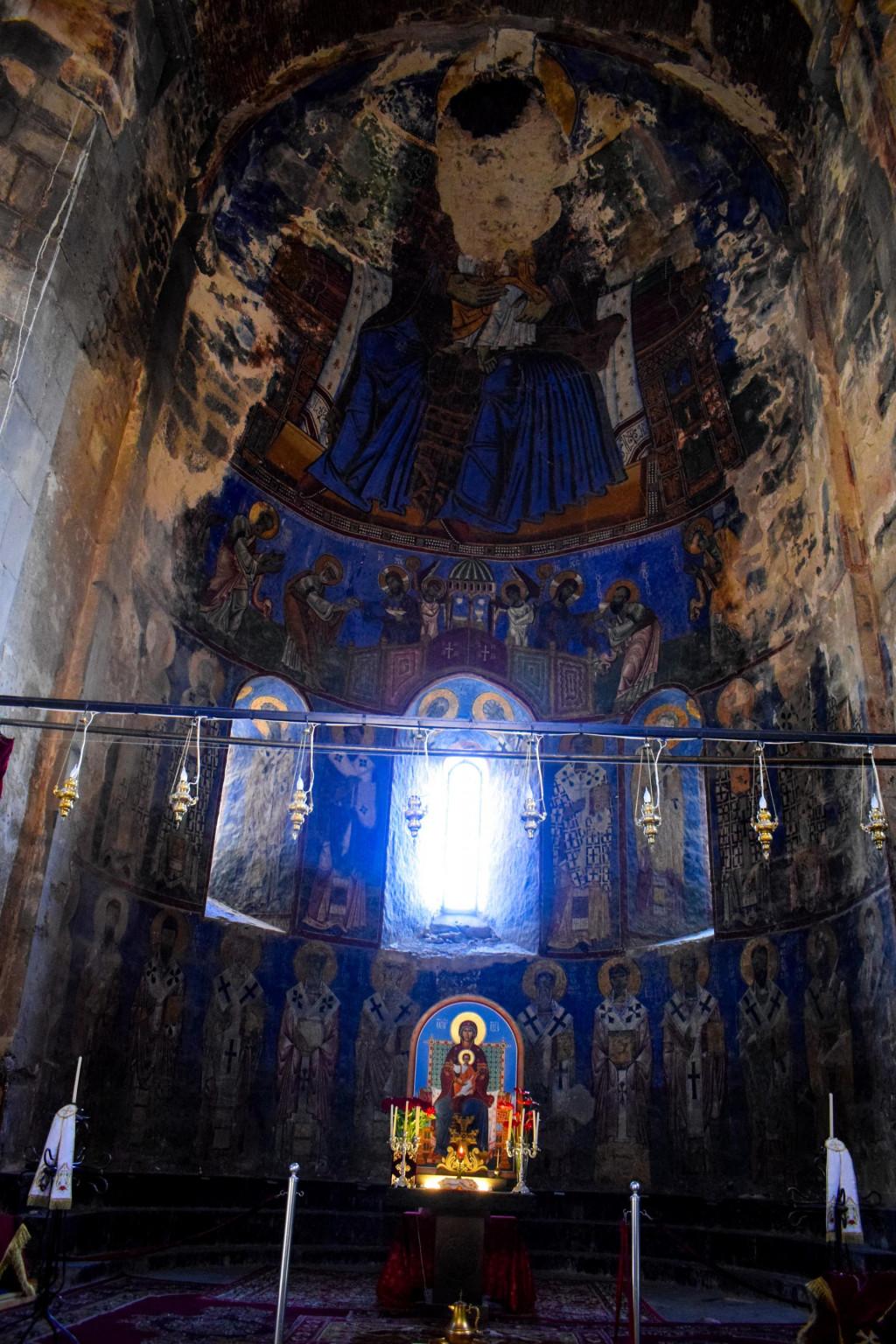
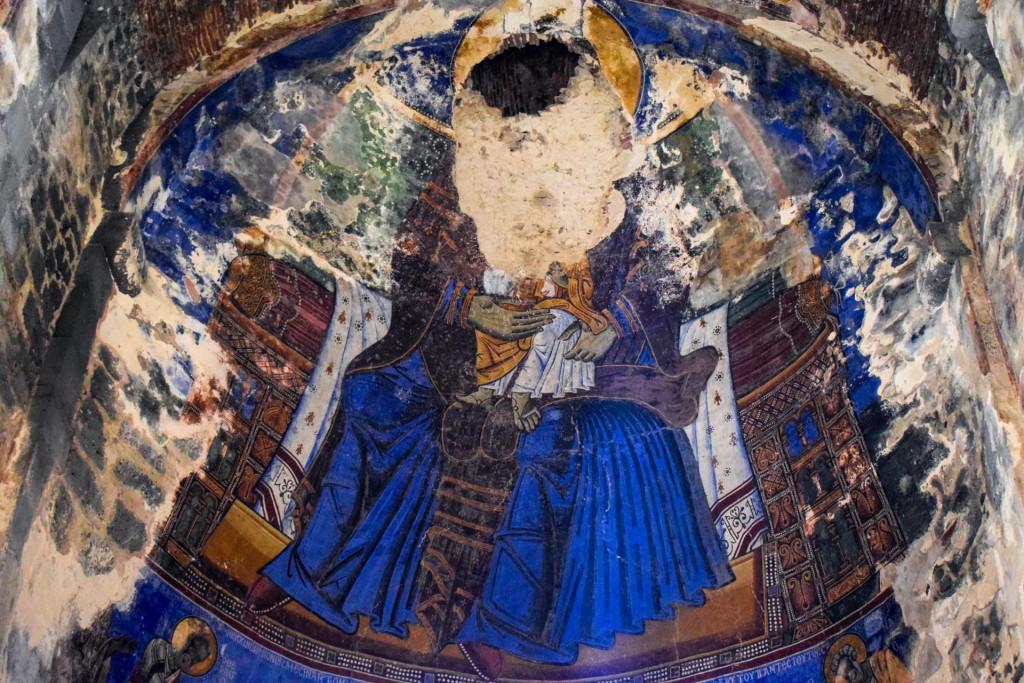
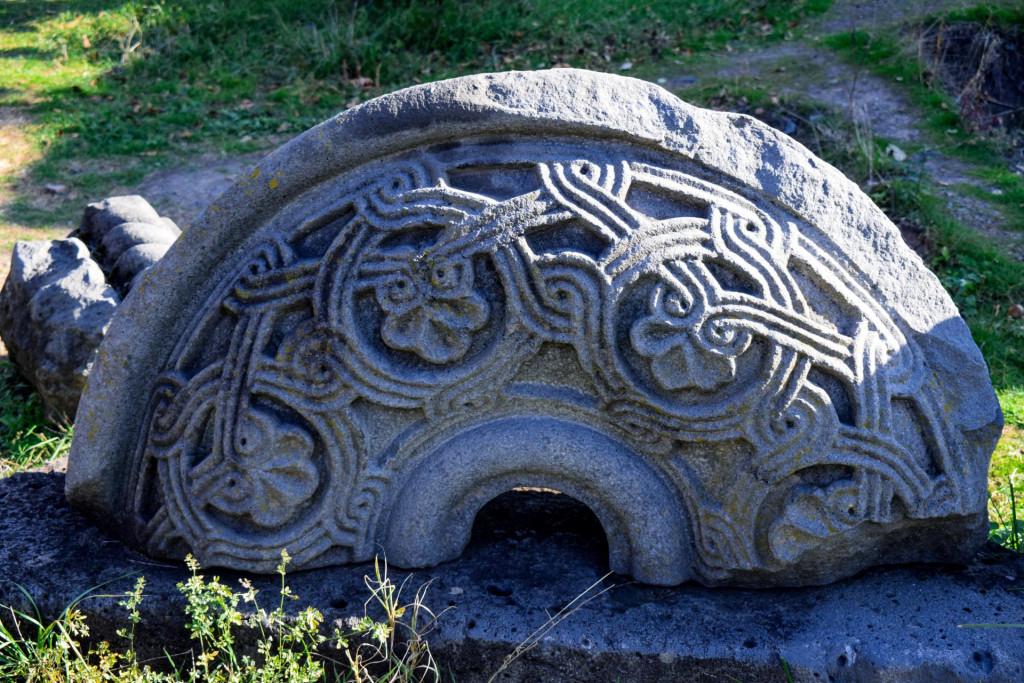
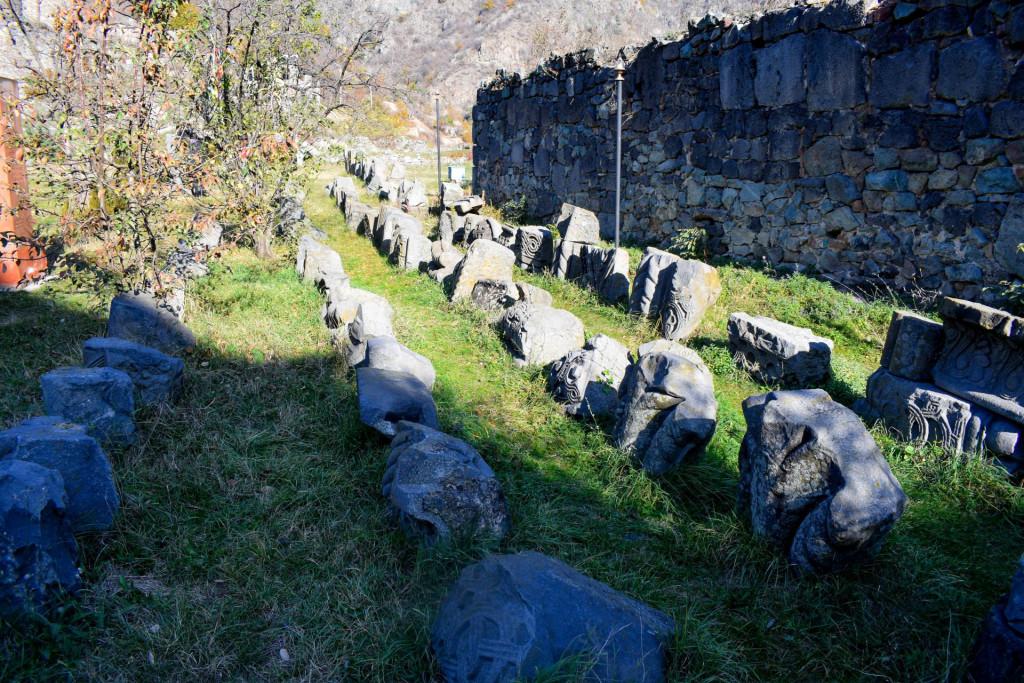
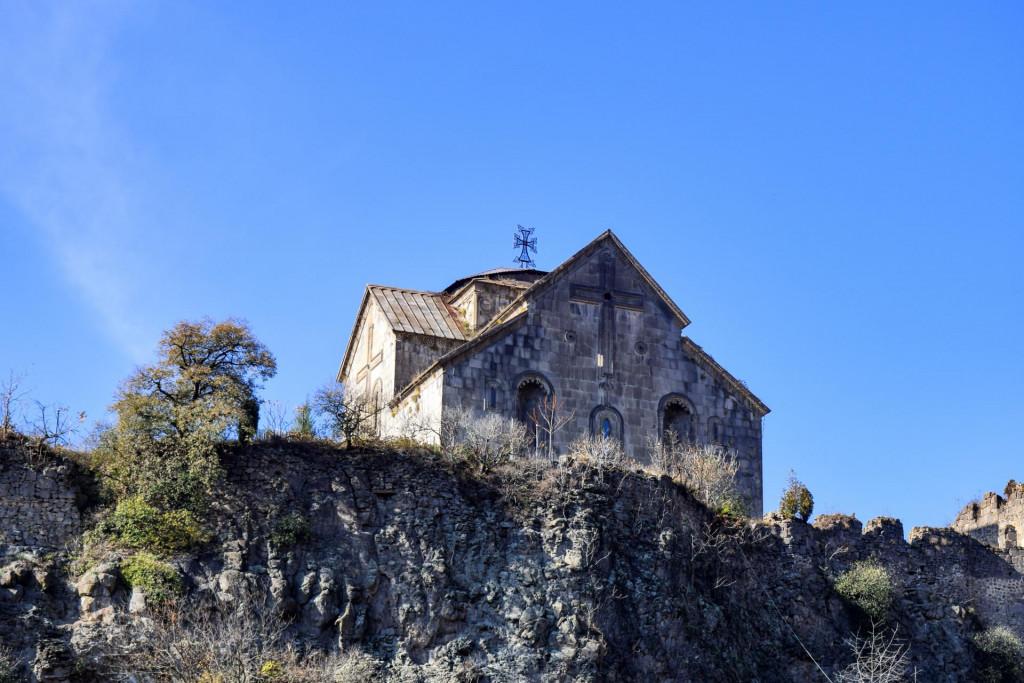
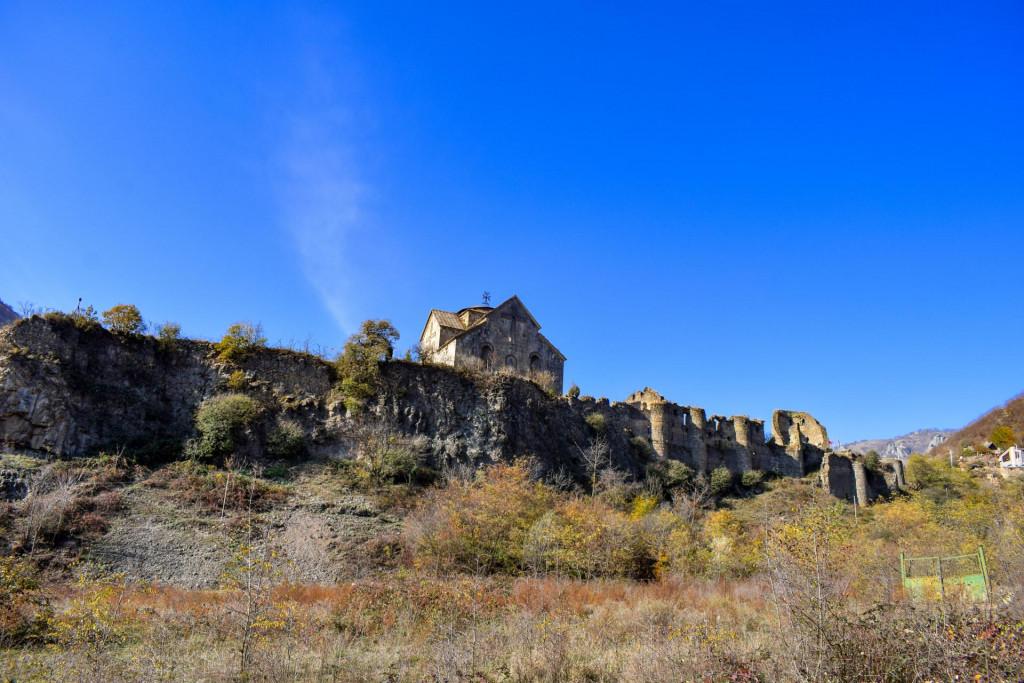
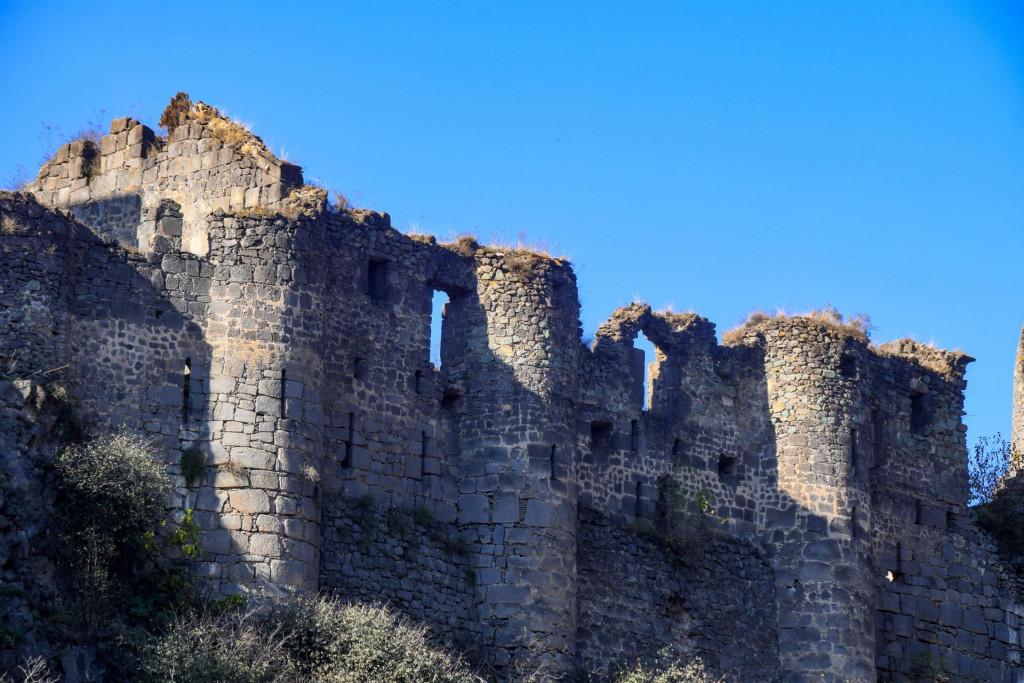
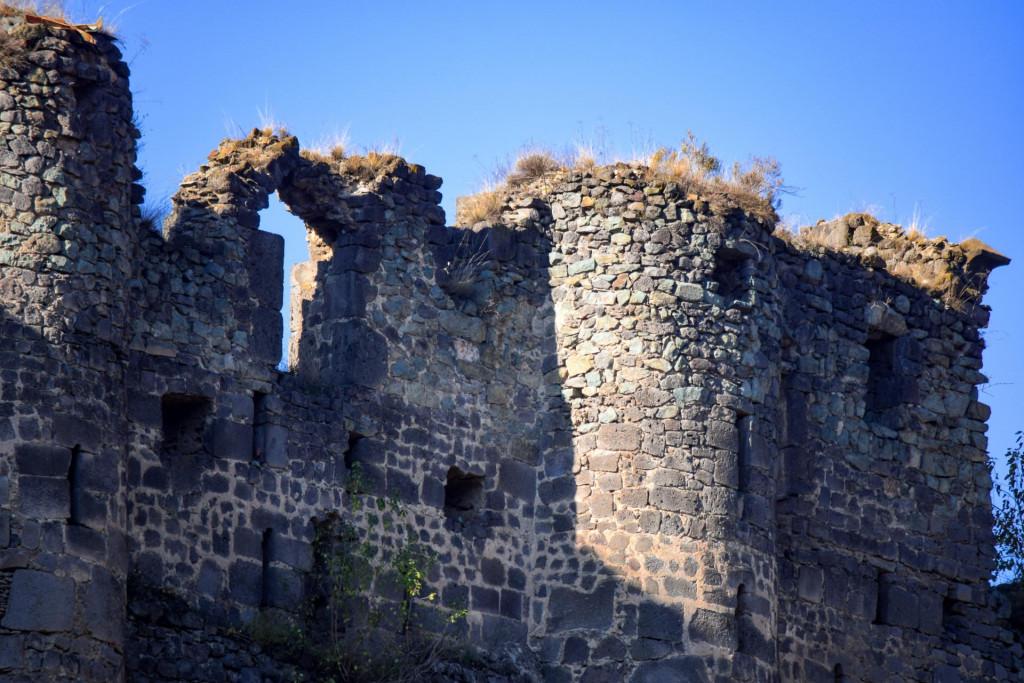
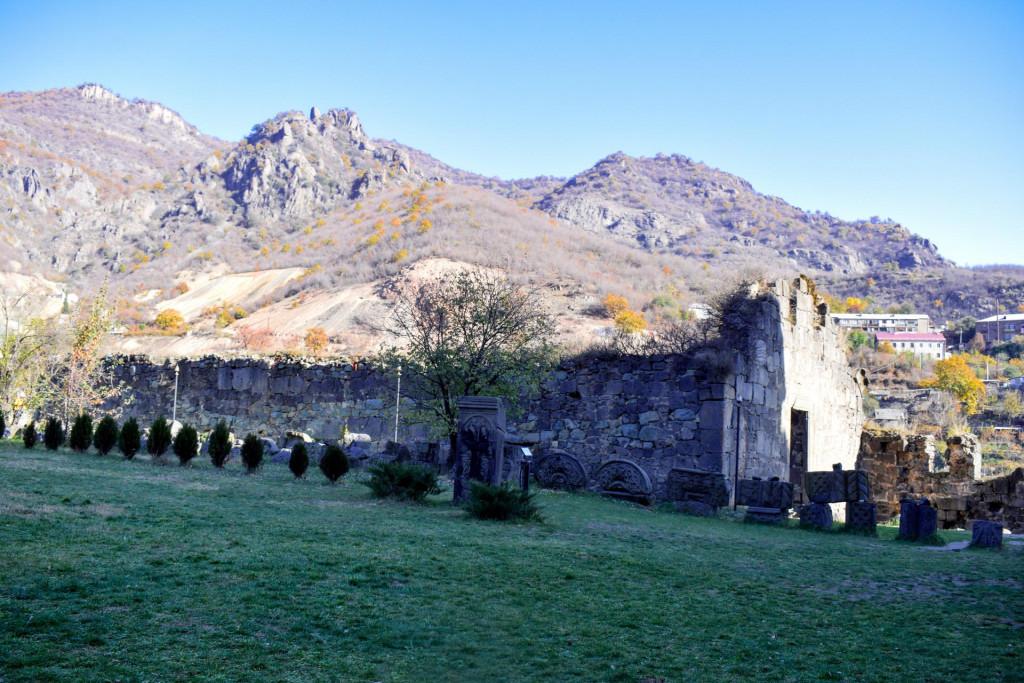
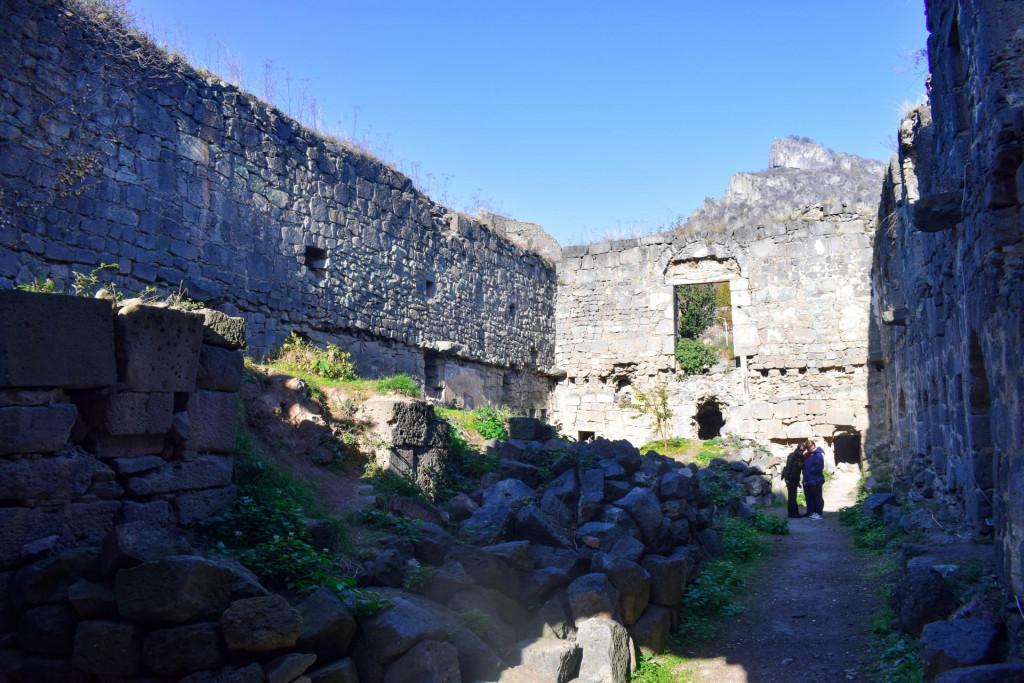

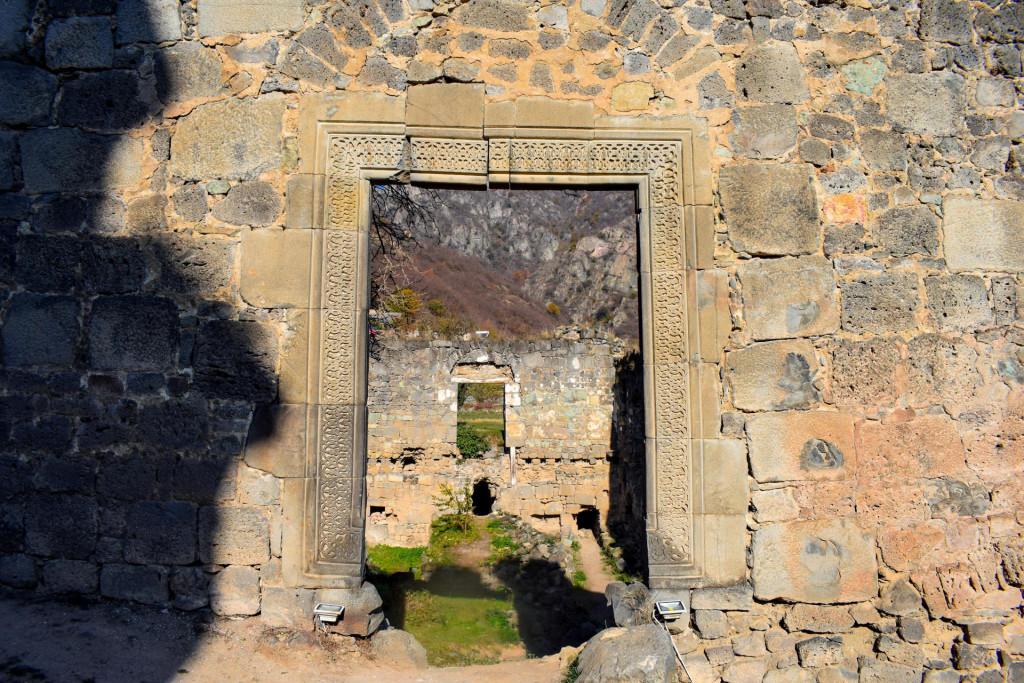


Please login to ask a question
Ask a Question